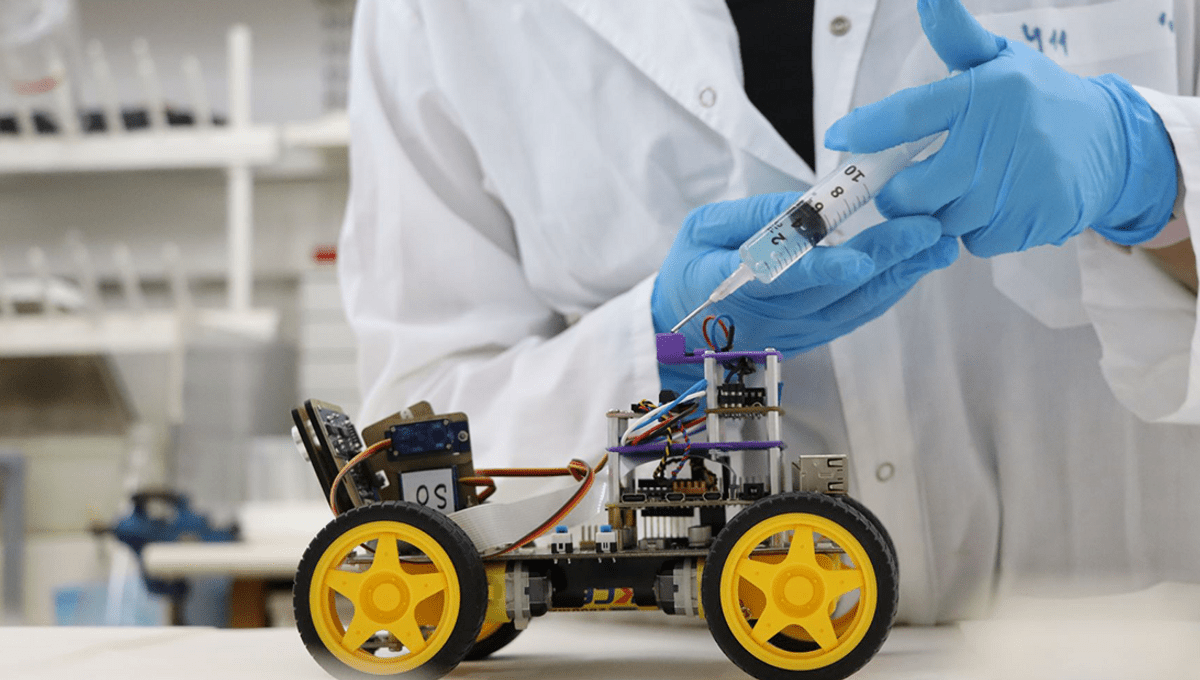
While a lot of research has been done investigating how electronic sensing devices can be manufactured to sniff out scents better than anything biological, nothing currently beats the power of the natural world, be it dogs or ants, in sniffing out all kinds of chemicals and even detecting diseases. Therefore, scientists have been inspired to try combining the two by blending electronics with the olfactory power of the insect world to create a new biohybrid sensing device.
By using the antenna of the desert locust (Schistocerca gregaria), artificial intelligence, and electroantennogram (EAG) technology, the team at Tel Aviv University have come up with a robotic device that can differentiate between eight different pure odors and two mixtures.
The desert locust has a highly sensitive antenna, which contains more than 50,000 olfactory receptor neurons, as their main olfactory apparatus. A single antenna was removed from the locust and placed in a purpose built antenna holder filled with conductive gel. Eight different odors were sprayed onto filter paper during the course of the experiment. The antenna was able to provide distinct electrical signals as a response of the olfactory receptor neurons to the different odors. The team then recorded the electrical signal from the antenna in response to the different odors and trained a machine learning algorithm to discriminate the odors.
“We connected the biological sensor and let it smell different odors while we measured the electrical activity that each odor induced. The system allowed us to detect each odor at the level of the insect’s primary sensory organ. Then, in the second step, we used machine learning to create a ‘library’ of smells,” said paper author Professor Yossi Yovel in a statement.
The team suggest that their biohybrid sensor is 10,000 times more sensitive than existing devices that are purely electronic. They plan to develop their robot so that in the future it can find the source of the odor as well as identify it.
“Nature is much more advanced than we are, so we should use it. The principle we have demonstrated can be used and applied to other senses, such as sight and touch. For example, some animals have amazing abilities to detect explosives or drugs; the creation of a robot with a biological nose could help us preserve human life and identify criminals in a way that is not possible today. Some animals know how to detect diseases. Others can sense earthquakes. The sky is the limit,” said study author Dr. Ben Maoz.
The paper is published in Biosensors and Bioelectronics.
Source Link: Locust Antenna Used To Make Robotic Version Of A Sniffer Dog